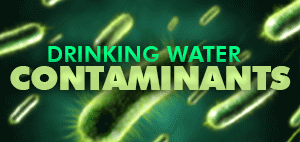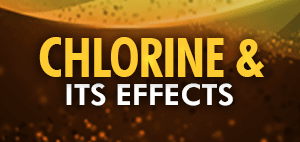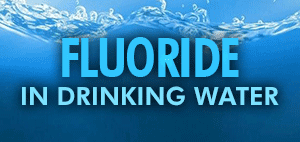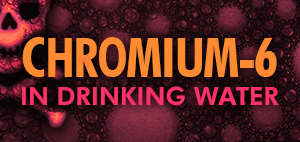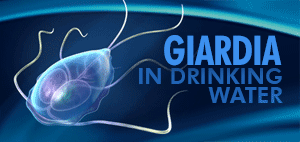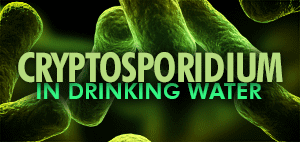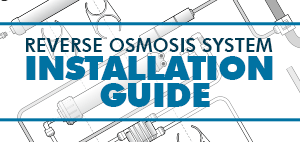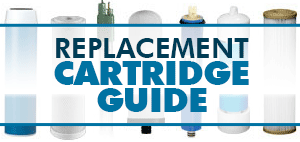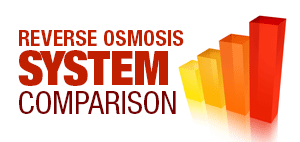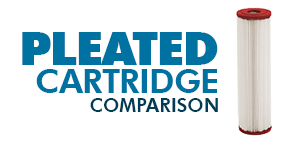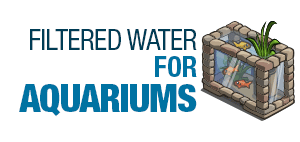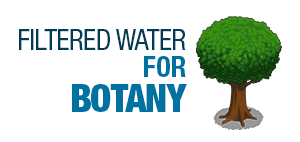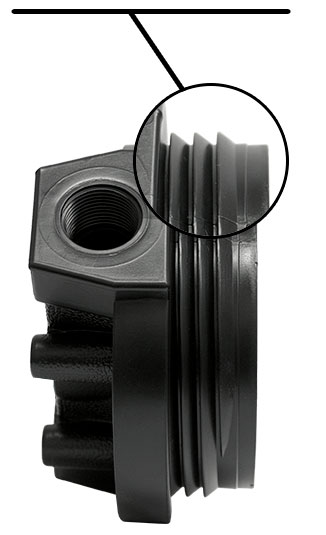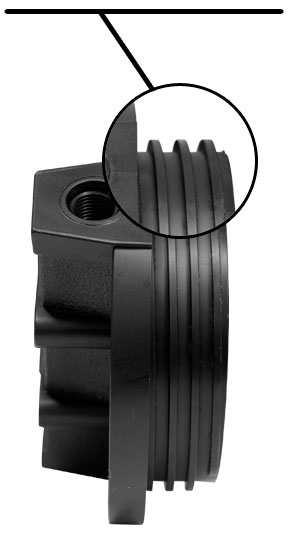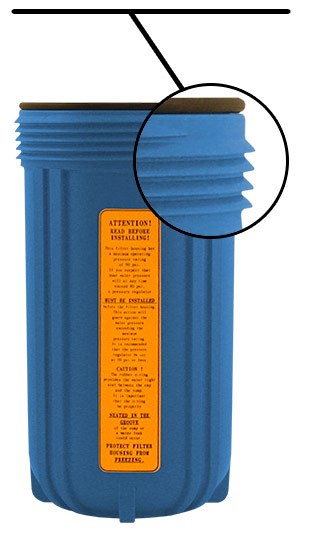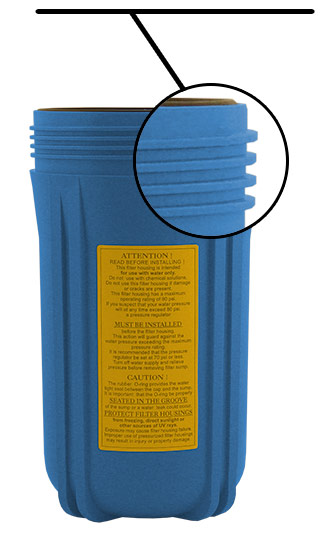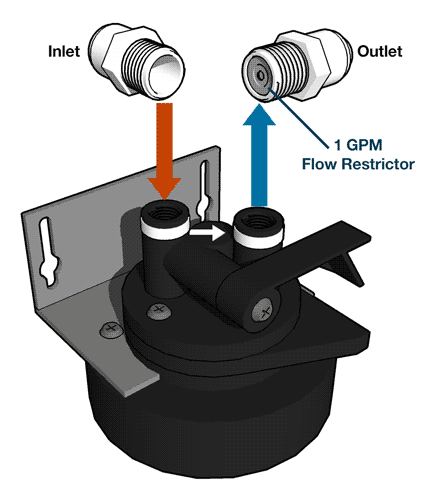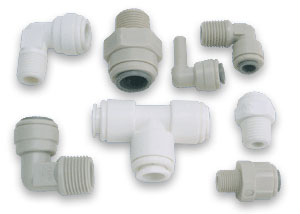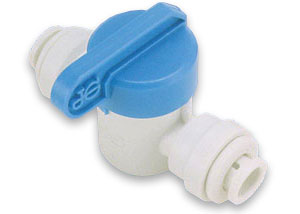What is Arsenic and Why Is It In My Water?
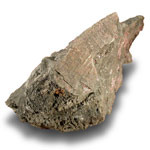 Arsenic is a chemical element with the atomic number 33. Arsenic is used in semiconductor electronic devices and in the production of pesticides, herbicides, and insecticides. Arsenic is poisonous to almost all organic life.
Arsenic is a chemical element with the atomic number 33. Arsenic is used in semiconductor electronic devices and in the production of pesticides, herbicides, and insecticides. Arsenic is poisonous to almost all organic life.
In the U.S. arsenic is no longer used in consumer products, but is still used commercially in agriculture and manufacturing here and around the world. Arsenic is used for treatment of wood as a preservative, as a pesticide on farms, smelting and the manufacturing of glass and electronics, using scheduled releases into water supplies as disposal.
Arsenic contaminating groundwater supplies is a natural occurrence around the world. While public water systems in the U.S. adhere to strict EPA standards, there are still many areas around the U.S. where the recommended arsenic levels exceed the standard and owners of private wells must be careful to monitor their water.
What are the Health Effects of Arsenic Exposure?
Arsenic and its compounds are considered poisonous and elemental arsenic is toxic and labeled as a group 1 carcinogen. Prolonged or heavy exposure can lead to Arsenicosis (Arsenic poisoning) and the development of malignant tumors of skin and lungs, heart disease, cramps, spasms, and effects on nervous system, such as night blindness.
So far China is the only country that has set a standard for arsenic limits in food, as rice is very absorbable and is highly vulnerable to arsenic poisoning.
Does the EPA Regulate Arsenic in Groundwater?
EPA has set the arsenic standard for drinking water at .010 parts per million (10 parts per billion) to protect consumers served by public water systems from the effects of long-term, chronic exposure to arsenic.
Arsenic Removal From Drinking Water
(Source: nsf.org)Arsenic can be found in water in two different forms:
- Pentavalent Arsenic (also known as Arsenic 5, Arsenic V, or Arsenate)
- Trivalent Arsenic (also known as Arsenic 3, Arsenic III, or Arsenite)
Reverse Osmosis Water Filters Under Sink Water Filters Countertop Water Filters Whole House Water Filters Everpure Systems and Cartridges Carbon Block Cartridges Granular Activated Carbon Cartridges Aries Filter Works Arsenic Removal Cartridges
NSF 53, 58 or
62 Certified
From NSF.org
NSF/ANSI Standard 53: Drinking Water Treatment Units – Health EffectsOverview: Standard 53 addresses point-of-use (POU) and point-of-entry (POE) systems designed to reduce specific health-related contaminants, such as Cryptosporidium, Giardia, lead, volatile organic chemicals (VOCs), MTBE (methyl tertiary-butyl ether), that may be present in public or private drinking water.
NSF/ANSI Standard 58: Reverse Osmosis Drinking Water Treatment SystemsOverview: This standard was developed for point-of-use (POU) reverse osmosis (RO) treatment systems. These systems typically consist of a pre-filter, RO membrane, and post-filter. Standard 58 includes contaminant reduction claims commonly treated using RO, including fluoride, hexavalent and trivalent chromium, total dissolved solids, nitrates, etc. that may be present in public or private drinking water.
NSF/ANSI Standard 62: Drinking Water Distillation SystemsOverview: Standard 62 covers distillation systems designed to reduce specific contaminants, including total arsenic, chromium, mercury, nitrate/nitrite, and microorganisms from public and private water supplies.
Sources of Information on Arsenic
- EPA – Drinking Water Arsenic Rule History
- WQA – Arsenic Fact Sheet [ Requires Acrobat ]
- OSHA – Arsenic
- Wikipedia – Arsenic Contamination of Groundwater
The foregoing information was compiled from the the links listed above.






